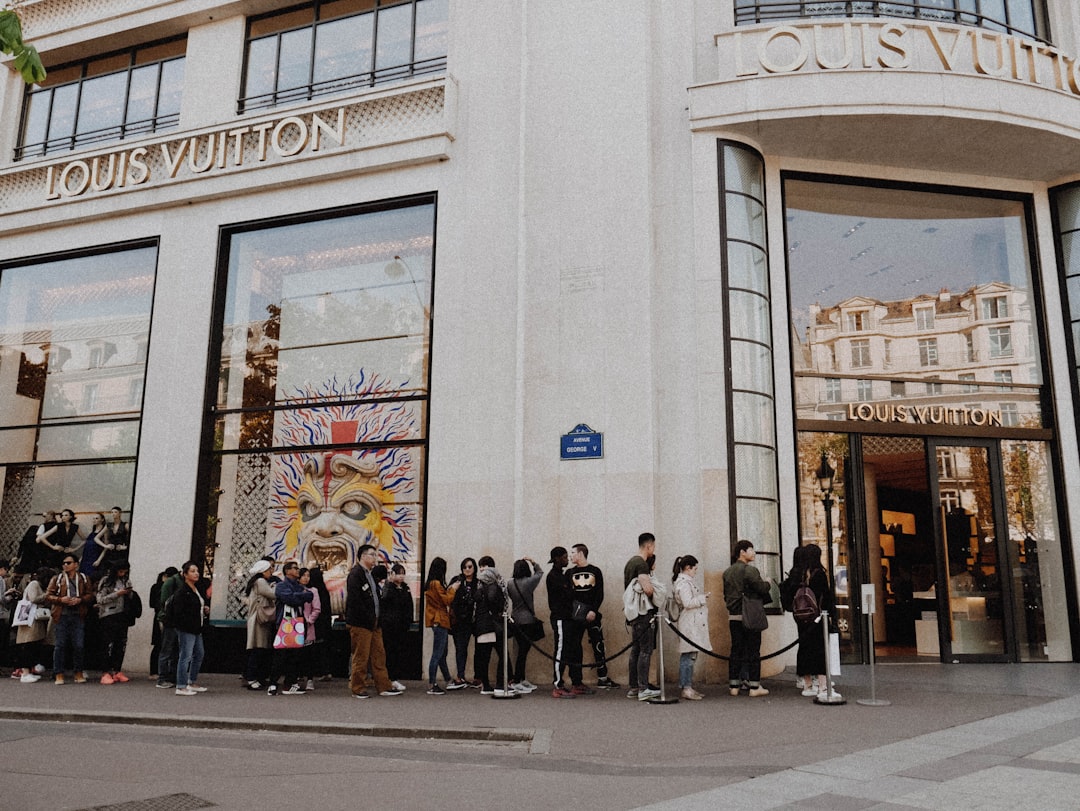Today’s Misconceptions Around Luxury

Luxury is becoming even more ubiquitous and attainable than ever. At every turn, it seems like there is a new ‘luxury’ brand or product. This can cloud consumers’ understanding of luxury brands. Heck, it is already difficult to determine a luxury versus a premium brand today. These are the five misconceptions confusing consumers and professionals alike.
1. Terminology
There are premium brands with luxury products, and visa versa. This is common within automotives, where even Hyundai has a ‘luxury’ sedan. Brands also use the term ‘luxury’ or ‘premium’ at will, even though many won’t consider widely distributed confectionery brands like Lindt luxury. To be honest, true luxury brands avoid the term ‘luxury’ unless using it for a required industry qualification.
2. Exclusivity
One commonly held belief with luxury brands is that their products are exclusive. However, it’s confusing as premium brands such as Nike have exclusive products or limited drops. Yet, this doesn’t make Nike or other streetwear leaders luxury brands. Exclusivity lies in the brand’s distribution of its core, iconic offer versus selective collections or supplementary ranges, like perfumes for fashion houses.
3. Marketing
Luxury brands today are more democratic and accessible through marketing. This includes both the tone of voice and marketing channels, such as social media or retail. You might not buy Chanel clothing, but you might go to its events or pop-ups as a brand fan. The high-glossy aloofness of yesterday’s luxury doesn’t speak to today’s consumers who can see through such facades. But don’t be fooled, as the products still cost the same.
4. Everyday Luxuries
Yes, everyday luxuries, everyone has them and there are thousands of YouTube videos preaching their value. Sleeping in, drinking Starbucks or going to high-end gyms are some of the many. If you believe these to be luxury, this doesn’t mean they are luxury to most consumers, or the market. As these are widely available, I mean there is a Starbucks everywhere, and not unattainable, these everyday luxuries are not luxury brands.
5. Performance
With the advent of digital technologies and access to affordable, high-quality production, luxury product doesn’t mean best performing product. An easy example is watches. For centuries, watchmakers perfected complex movements to tell time, follow the calendar and even reflect moon phases. Though their craftsmanship is still widely appreciated, the Apple watch exceeds accuracy and functionally (well, their battery still needs some improvement) through a digital solution. High-performing products and services are also available at multiple levels, raising consumer expectations overall.
Luxury should be enjoyed, not drowned by today’s barrage of messaging and offerings. To rise above the misconceptions, it’s necessary that luxury brands clearly define their perspective, offering and value (yes, value) to the consumer and its fans. This was not the case decades prior. But in today’s cluttered world, vague, uninspired and flat storytelling goes unnoticed, as well as degrades the product.